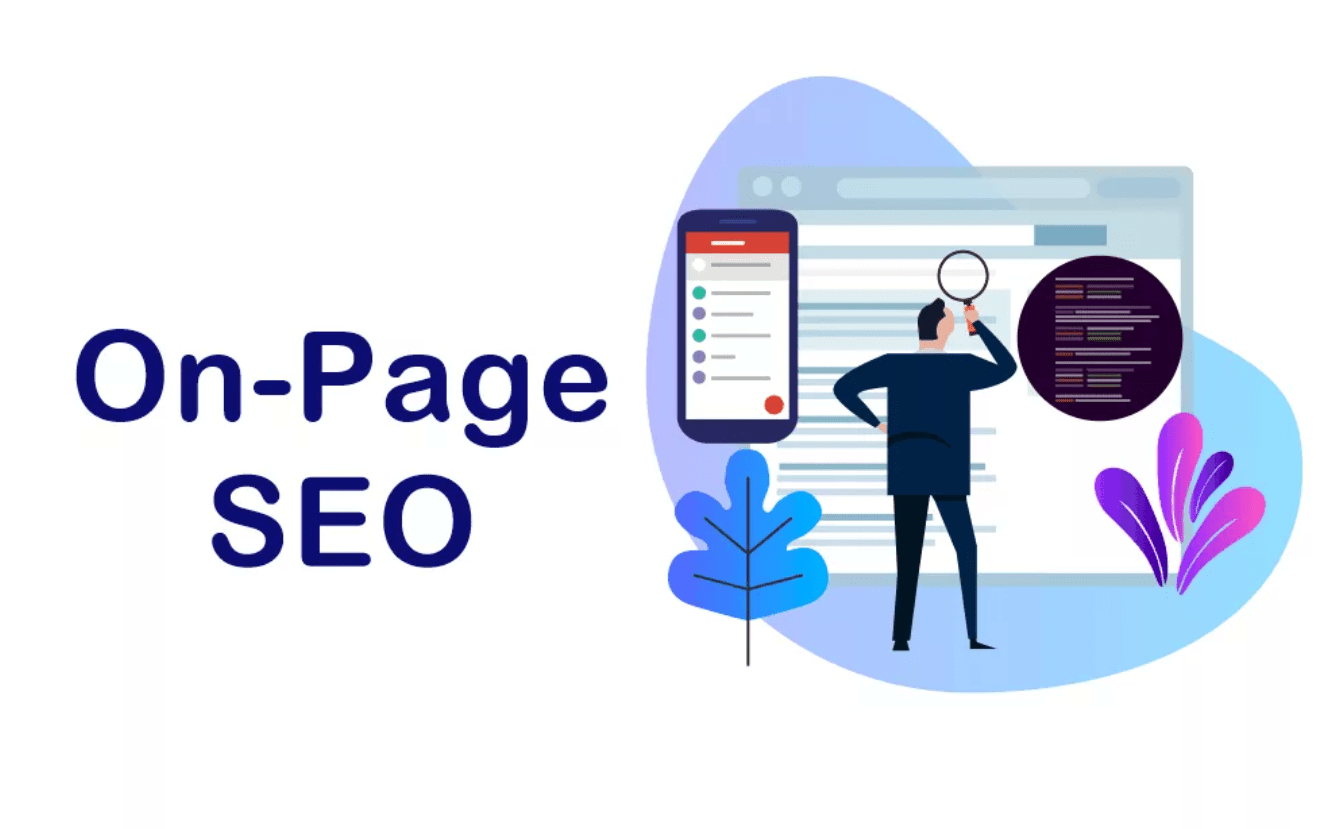An SEO approach that focuses on tangible results is known as performance-based SEO. This is a result-oriented approach to SEO that emphasizes metrics that directly impact a business’s bottom line, such as conversions, leads or sales.
On-page SEO is often overlooked, but it plays a vital part in achieving long-term success in performance-based SEO. This acts as a connection between search engines and users, ensuring transparent communication and a better user experience.
Comprehending the Landscape of Performance-Based SEO
Performance-based SEO services, also known as pay-for-performance SEO (PFP SEO), are different from the traditional SEO model. It doesn’t rely on metrics like keyword rankings to measure success. Instead, it’s a data-driven strategy that links SEO efforts to measurable business outcomes. Here’s how it works:
- Result-Driven Approach: You use SEO tools and analytics to find high-volume and relevant keywords. Data analytics can be used to both create and optimize content.
- Outline Objectives Clearly: PFP SEO is a customer-focused strategy. You work with your client to establish KPIs such as lead generation, online sales, qualified traffic, and more.
- Pricing Based on Performance: Let’s say you’re looking for an SEO package that’s not as straightforward as it used to be. That’s where pay-for-performance SEO comes in. You can pay based on performance. This means that the fees are directly tied to meeting the agreed-upon objectives.
- Open Reporting: This means that regular reporting is essential. You monitor KPIs such as conversion rate, bounce rate, and organic traffic sources to determine the effect of SEO efforts.
Why On-Page SEO Matters for Performance-based SEO Success
Let’s take a closer look at why on-page SEO is the fundamental component of any successful PFP SEO plan:
1. Higher Conversion Rate Optimization (CRO)
When it comes to PFP SEO, it’s important to know the difference between on-page SEO and conversion rate optimization (CRO). Optimizing for on-page factors can help you get the most out of your SEO efforts by optimizing for conversions:
- Building Internal Linking for Authority and Guiding Users: Strategic internal linking is crucial for both SEO performance and the user experience. This can help visitors navigate your website and find deeper information. It can make your pages more authoritative to search engines.
- Schema Markup: Speak Search Engine’s Language: Schema markup is a set of guidelines that gives search engines additional information about the content of your website. This can include business information, product information, service information, event information, reviews, and so on. It does enrich search results by adding snippets of information, such as product ratings, event details, etc. These snippets can help improve CTRs from search engine results pages (SERPs).
- Compelling Calls to Action (CTAs): Use clear and easy-to-understand CTAs to communicate what you want users to do. Whether it’s “Subscribe Now”, “Buy Now”, or “Download The Whitepaper,” effective CTAs compel and motivate users to act and take immediate action.
2. Keep Users Engaged with a Better User Experience (UX)
Search engines prioritize websites that provide an elevated user experience. On-page SEO helps create a smooth user experience. This helps boost search rankings, keeps users on your site, and increases conversion rates.
- Fast Loading Speeds: The speed of your website is one of the most important UX factors. A slow site frustrates users and leads to a high bounce rate (the percentage of visitors who leave your site after just one page). You can use techniques such as image optimization, code optimization, and effective caching to load your site faster.
- Clear Navigation: A well-designed website with simple navigation makes it easy for audiences to quickly and easily find what they’re looking for. This includes an easy-to-use menu, internal links that link relevant pages together, and a comprehensive sitemap to show your website’s content in one place.
- Mobile-Friendliness: In today’s mobile-centric world, it’s important to ensure that your website is fast, responsive, and optimized for all devices, including desktops, tablets, and smartphones. This keeps users engaged and sends a good signal to search engines that prioritize mobile-friendly websites in their search results.
3. Understanding the Language of Search Engine
Consider a crawler from a search engine as a visitor to your website. On-page SEO ensures that crawlers can understand the goal and content of your website. This clarity contributes to better positioning in search results.
Here’s how on-page optimization acts as your translator:
- Leveraging Header Tags for Structuring Your Content: Use header tags (H1, H2, and H3) in your content to make it more readable. Header tags facilitate both user and search engine crawling by organizing your content into a hierarchy. It also helps users find what they are looking for. Using the right header tags with the right keywords also makes it easier for users to understand what’s on your page.
- Optimization of Keywords: Keyword stuffing is the practice of inserting keywords into your content in order to categorize it for search engines. You can add relevant keywords in title tags, meta descriptions, headings, and body copy.
Note: Avoid too much stuffing of keywords in your content, as it can have a negative impact on the organic flow of your content.
Read Also: What is Keyword Stuffing, and How Can It Be Avoided?
- Title Tags and Meta Descriptions: Title tags and meta descriptions act as a window to your website on SERPs. Users are more likely to click through titles and descriptions that are concise, clear, and keyword-rich. Make sure to add title tags under 60 characters to represent the page content. Meta descriptions should be under 160 characters and grab the reader’s attention with an engaging snippet.
4. Create Quality Content
Search engines are looking for informative, high-quality content that truly meets user needs. In addition to keyword optimization, on-page SEO focuses on developing content that speaks to your audience.
- Focus on Uniqueness: Search engines prefer websites that regularly update their content with new, relevant information. Posting new blog articles, updating product descriptions and revising old content shows that your site is active and reliable. It also offers valuable and current information.
- Content Depth over Keyword Density: Focus on creating high-quality content instead of keyword stuffing that adds value to your readers. This means adding data, statistics and expert insights to position your site as a reliable source of information.
Conclusion
In the world of performance-based SEO, on-page SEO has become a necessity. By optimizing your website’s content, structure and user experience in a strategic way, you lay the foundation for success. Remember, search engines value clarity, relevance and user engagement above all else. By optimizing on-page SEO for these elements, you’re not only improving your search engine ranking, but you’re also creating a website that turns visitors into leads and customers.





